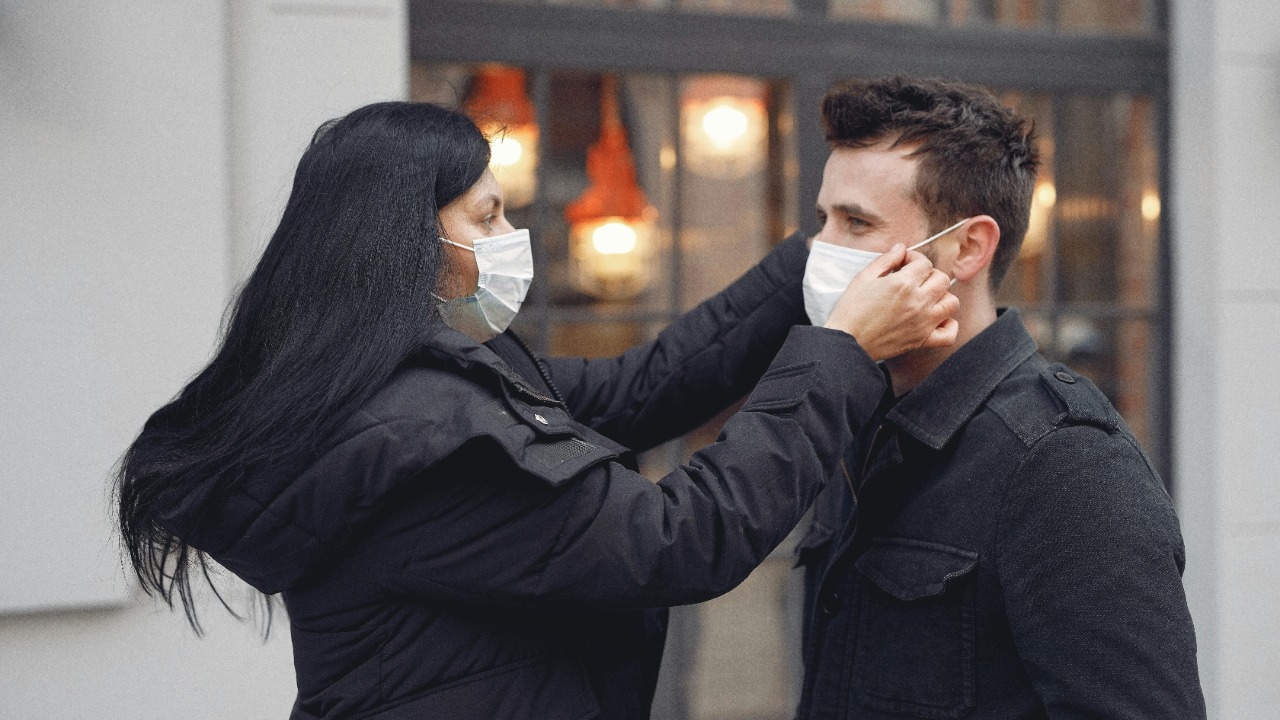
As the world grapples with the escalating impacts of climate change, the threat of poor air quality, particularly from wildfires, has become a pressing health concern. The thick smoke from California wildfires that engulfed the state in early 2025 and the smoke from Canadian wildfires that spread across parts of the U.S. in August 2025, are stark reminders of how invisible pollutants such as particulate matter can silently endanger public health on a massive scale.
Understanding the Invisible Dangers of Poor Air Quality
One of the primary components of bad air is fine particulate matter (PM2.5), which originates from sources like vehicle emissions and industrial activity. These tiny particles can penetrate deep into our lungs and bloodstream, posing significant health risks. Wildfire smoke significantly contributes to elevated PM2.5 levels, often pushing air quality indexes into hazardous ranges during peak events. Recent analyses have ranked poor air quality among the top environmental health risks globally, underscoring the scale of the issue.
Health Impacts from Wildfire Smoke Exposure
Exposure to wildfire smoke can lead to a range of health problems. Short-term effects include irritation of the eyes, nose, and throat, as was reported during the California wildfire smoke events in early 2025. Respiratory problems, such as worsened asthma and bronchitis, are also common, with specific warnings issued for vulnerable populations during poor air quality episodes. Furthermore, cardiovascular risks, such as increased chances of heart attacks, are associated with prolonged exposure to wildfire pollutants.
Why Wildfire Smoke Poses Unique Risks
Wildfire smoke is a complex mixture of gases and fine particles that includes toxins like carbon monoxide and volatile organic compounds. These substances can have detrimental effects on health, as highlighted in medical advice from June 2025. Moreover, smoke can travel long distances, affecting regions far from the fire origin, as was the case with U.S. areas impacted by Canadian wildfires in August 2025. Climate change plays a significant role in intensifying these events, leading to more frequent and severe air quality declines.
Identifying Who Is Most at Risk
Children and the elderly are particularly vulnerable to poor air quality due to their developing or weakened respiratory systems. Those with pre-existing conditions like COPD or diabetes also face increased risks. Outdoor workers and athletes, who are exposed to higher levels of pollutants, need to be especially vigilant. Experts recommend tailored health guidance for these high-risk groups, especially during wildfire seasons, and strategies to monitor personal risk during smoke events.
Indoor Protection Strategies Against Bad Air
Protecting yourself from poor air quality requires proactive measures. Sealing homes with weatherstripping and using HEPA air purifiers can help filter out wildfire smoke particles. Running air conditioners on recirculate mode and avoiding indoor activities that generate additional pollutants, like cooking without ventilation, are also advised. Monitoring indoor air quality with affordable devices can ensure safe environments during extended smoke periods.
Outdoor Precautions During High Pollution Days
During high pollution days, such as those experienced during the California wildfire smoke outbreaks in 2025, it’s crucial to limit time spent outside. Wearing N95 or higher-rated masks can help block fine particles, especially when dealing with smoke from wildfires like those in Canada that affected U.S. regions. Regularly checking local air quality forecasts via apps or websites can help plan activities and avoid peak exposure times.
Long-Term Steps for Sustained Air Quality Improvement
Addressing the issue of poor air quality requires both immediate action and long-term strategies. Policy support for reducing emissions through cleaner energy is crucial. Personal habits, such as planting air-purifying indoor plants and supporting community clean air initiatives, can also make a difference. For those living in wildfire-prone areas, regular health check-ups are essential to track and mitigate the effects of cumulative exposure.
More from MorningOverview